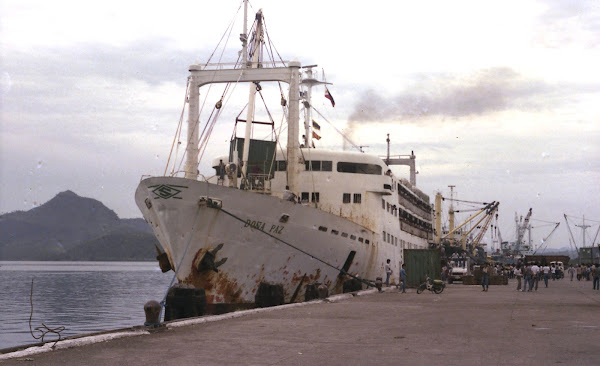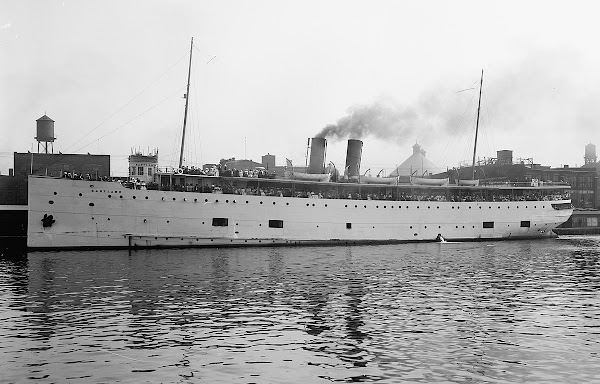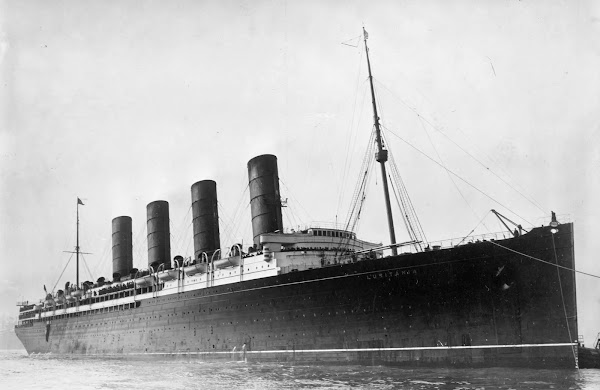#54 Essential Considerations for Operating Oily Water Separators on Ships 20 Key Factors

In this article, we delve into the critical operational factors that influence the performance of an Oily Water Separator (OWS). A proper understanding of these factors is vital for the efficient functioning of the OWS, an essential component on-board ships. Marine engineers encounter various types of Oily Water Separators throughout their careers, each with its unique features. While equipment-specific knowledge can be obtained from on-board operational manuals, a fundamental understanding of OWS operation remains consistent across types. Operational Factors Affecting Oily Water Separator Performance on Ships: 1. Avoid Emulsions: Emulsions occur when the interfacial tension between two liquids decreases sufficiently, allowing droplets of one liquid to disperse in another. Mechanical agitation, shearing forces, solvents, chemicals, surfactants, and particulate matter can reduce interfacial tension and lead to emulsion formation. 2. Avoid Chemical Emulsions: Chemical emulsions result...



